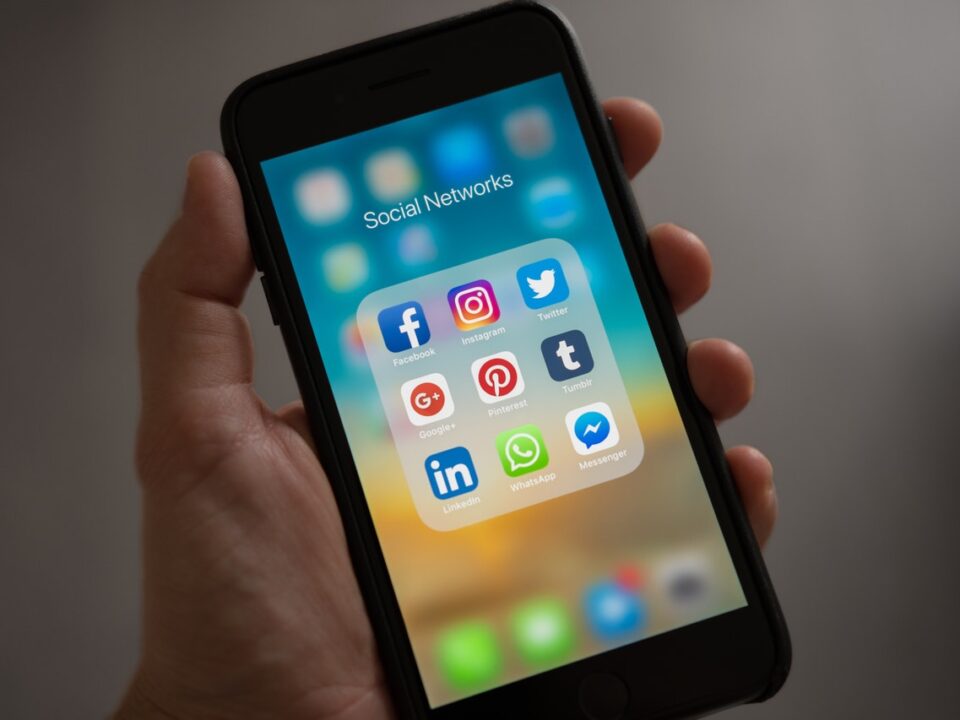Most Commonly Hacked IOT Devices

New Social Engineering Scam-CEO Voice Fraud
September 3, 2019
Microsoft and Facebook Impersonation Spreading
September 18, 2019Oh the wonderful Internet of Things.
Internet based devices that instantly pair with each other for seamless connectivity. How did we ever live without it?
From the smart home speaker sitting in your kitchen to the smart thermostat in your office’s conference room that changes the temperature based on the room’s occupancy–there are IOT devices quite literally, everywhere.
The amazing new fridge you had installed last week that connects to the internet and displays the weather, also carries the risk of compromise – or being hacked. Didn’t realize this was a possibility? Then you’d be surprised to know the most commonly device currently used by hackers to access homes and businesses are “internet-connected security cameras”.
Are you thinking about the security camera you have at home that lets you watch your dogs every movement directly from your smart phone?
Security cameras account for 47% of the vulnerable devices installed on home networks, even though the average household in the US accommodates around 17 smart devices, and the average European home contains 14. That one item, which has seen a drastic rise in sales as people are more apt to install cameras for security these days, is the one item most hacked by cyber thieves.
The cheaper the camera quality, the more vulnerable it is. Because most folks aren’t investing in state-of-the-art technology to watch the dog in their backyard, hackers are finding cameras easy targets.
The next device most vulnerable? Smart hubs account for 15% and “network-attached” storage devices for 12% of commonly hacked IOT items found in the home or office. The remainder belongs to printers, smart TVs and IP Phones that are commonly use and provide success in hacking attempts.
These devices sometimes have programmable passwords that were never changed, or vulnerabilities allowing access by a third party using the internet.
A connected device that has access to your computer or laptop also can provide access to your credentials, banking information, additional passwords, you name it – whatever you keep stored that is meant for your eyes only.
Policies are in the drafting process, as IOT and the attacks on these devices are a new issue and one that is soon to be on the forefront of cybersecurity investigations.
Until then, make sure any passwords that can be changed, are altered on a regular basis. Make sure to turn off your devices at night when attacks are most common, and ensure your network has some level of protection.
If you need assistance with your business cybersecurity contact DarkHound SecOps at [email protected].
Sources:
https://internetofthingsagenda.techtarget.com/definition/IoT-device
Image Source:https://www.pexels.com/photo/equipment-pavement-security-security-camera-430208/




